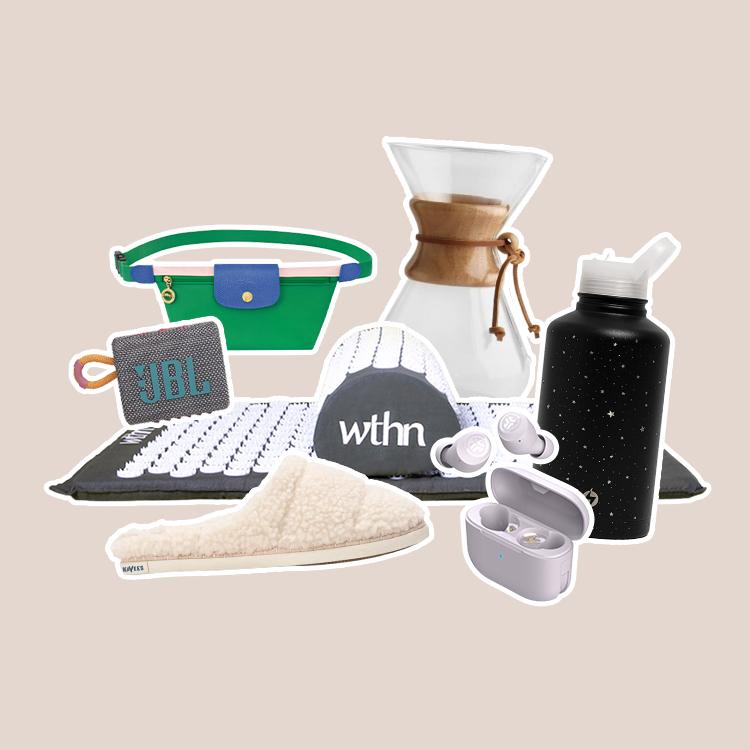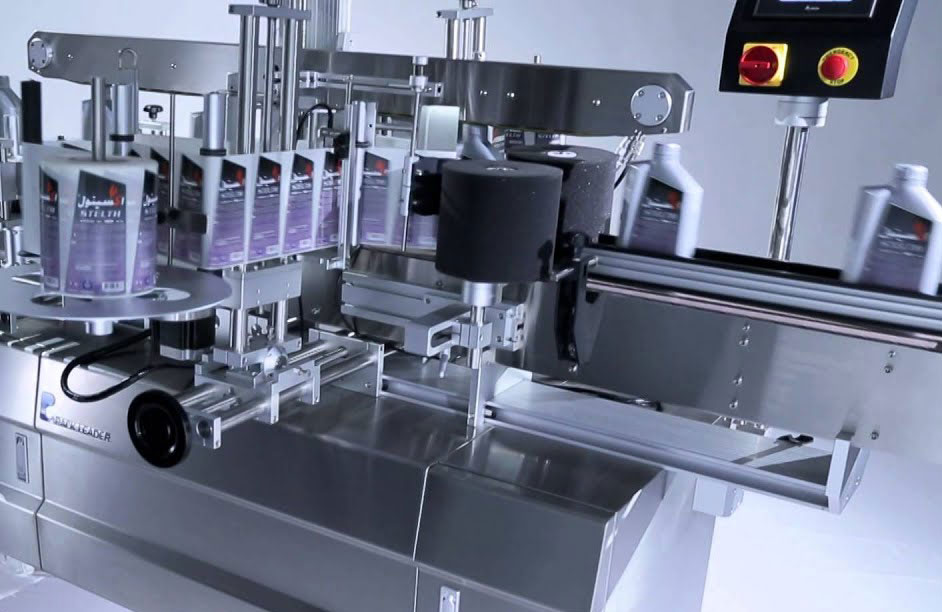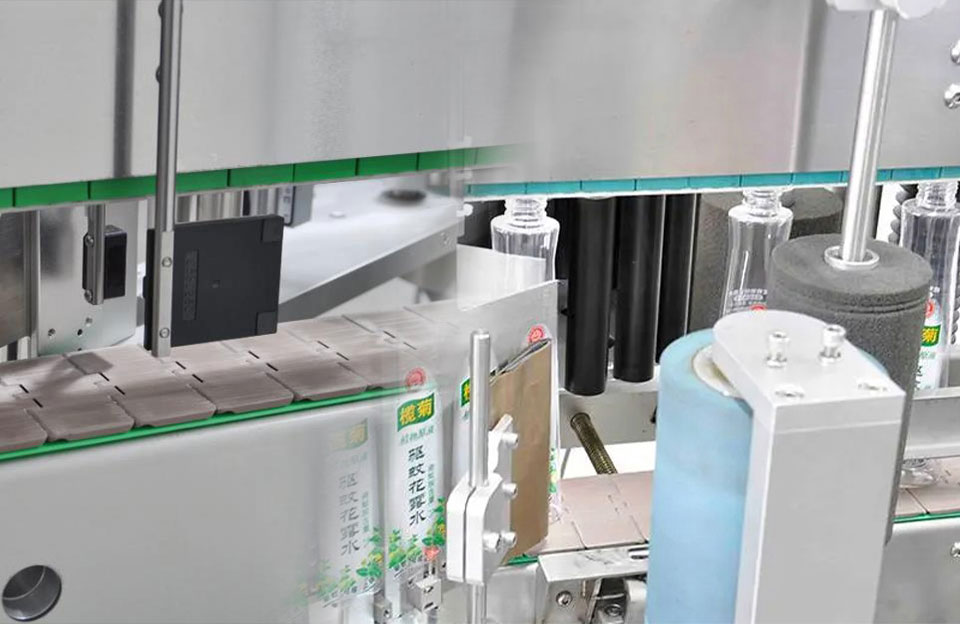The daily necessities industry covers many products, including household items, personal care items, cleaning supplies, and other daily consumables. The corresponding the application of labeling machine in daily necessities are also widely used, and stakeholders can gain valuable insights into the current situation, trends, and prospects of the daily necessities industry. Analytics can help make informed business decisions, develop marketing strategies, and identify growth opportunities in this important area.
Daily Necessities Industry Market Analysis

- Market Size and Growth: Driven by the continuous demand for necessities, the daily necessities industry has a large and stable overall scale. The market size can be assessed by evaluating the sales figures and revenues of the manufacturers, distributors, and retailers. Tracking historical growth rates and projecting future growth helps to understand the overall trajectory of the industry.
- Market Segmentation: The daily necessities industry can be segmented according to product categories, such as household products, personal care products, cleaning products, baby care products, pet care products, etc. Segment analysis helps identify specific market dynamics, consumer preferences, and growth opportunities within each category.
- Consumer Demographics and Preferences: Understanding consumer demographics and preferences is essential for market analysis. Age, income level, lifestyle, and cultural preferences influence consumer behavior and purchasing decisions. Analyzing consumer preferences for specific brands, product attributes (e.g., natural, eco-friendly), packaging, pricing, and convenience can provide valuable insights for market segmentation and positioning.
- Distribution Channels: There are various distribution channels in the daily necessities industry, including supermarkets, hypermarkets, convenience stores, e-commerce platforms, direct sales, etc. Understanding distribution channels and their respective market shares helps to understand consumer shopping habits, the effectiveness of different sales channels, and emerging trends such as online shopping and direct-to-consumer models.
- Competition Pattern: The daily necessities industry is highly competitive, with many domestic and foreign companies vying for market share. Analyzing the competitive landscape includes evaluating key competitors, their market shares, product mixes, pricing strategies, marketing initiatives, and distribution networks. Understanding the strengths and weaknesses of key players helps identify market opportunities and potential gaps in the industry.
- Regulatory Environment: The commodity industry is governed by various regulations and standards, such as product safety, labeling requirements, and environmental regulations. Analyzing the regulatory environment helps to understand compliance requirements, potential risks, and opportunities related to changing regulations or consumer concerns about sustainability and safety.
- Economic Factors: Economic indicators such as disposable income levels, employment rates, and consumer spending patterns majorly impact the daily necessities industry. Controlling for economic factors helps assess the industry’s vulnerability to economic fluctuations, consumer purchasing power, and demand patterns.
- Sustainability and Environmental Considerations: Rising consumer awareness and demand for sustainable and eco-friendly products impact the daily necessities industry. Analyzing sustainability trends, such as using recycled packaging materials, eco-friendly formulations, and reducing carbon footprints, can provide insight into market opportunities and consumer preferences.
- Technological Progress: Technology plays an important role in the daily necessities industry, including e-commerce platforms, supply chain management, product development, and manufacturing processes. Analyzing technological advancements and innovations helps identify opportunities for market disruption, efficiency improvements, and product differentiation.
- Market Challenges and Opportunities: Identifying the major challenges and opportunities in the Commodity Industry is critical for strategic planning. Challenges may include intense competition, changing consumer preferences, supply chain disruptions, or changing regulations. Opportunities may arise from emerging market segments, new product categories, or innovations that address consumer needs.
Application of Labeling Machine In Daily Necessities Industry

Labeling machines play a vital role in the commodity industry, helping to label products efficiently and accurately.The following briefly describes the application of labeling machine in daily necessities from several aspects.
- Product Identification and Branding: Labeling machines are used to apply labels, identify and brand various everyday items such as food, household essentials, personal care products, cleaning supplies, etc. Labels often include product names, brand logos, ingredient lists, nutritional information, barcodes, and other important product details. Labels help consumers easily identify and differentiate products on store shelves.
- Regulatory Compliance: The commodity industry is subject to regulatory requirements and labeling standards. Labelers ensure compliance through accurate labeling with mandatory information such as ingredient lists, nutritional facts, allergen warnings, safety symbols, and required certifications. Labeling machines help manufacturers meet regulatory obligations and ensure consumer safety and transparency.
- Packaging Changes: The application of labeling machine in daily necessities is reflected in the packaging industry. There are various packaging forms for daily necessities, including bottles, cans, cans, bags, boxes, etc. Labeling machines are versatile, can handle different package types and sizes, and apply labels to different surfaces, including curved, flat, or irregular shapes. The flexibility of labeling machines allows manufacturers to efficiently label various everyday products.
- Product Differentiation: The labeling machine can quickly and accurately realize product differentiation in the daily necessities industry. Due to the wide variety of products, such as different tastes, smells, sizes, or formulations, labeling machines can apply model-specific labels to help consumers easily identify and select the desired product.
- Promotional Labels and Seasonal Packaging: Labeling machines apply promotional labels or stickers for marketing campaigns and seasonal packaging, including limited-time offers, discounts, loyalty rewards, or special promotions. Labeling machines enable manufacturers to easily incorporate promotional labels into their packaging, creating visual appeal and grabbing consumers’ attention.
- Private Label:The application of labeling machine in daily necessities is reflected in the private label. Private label is common in the grocery industry, where retailers or third-party brands use their labels on products made by other companies. Labeling machines facilitate the application of private labels, ensuring accurate and consistent branding of various commodity products.
- Barcode and QR Code Labeling: The application of labeling machine in daily necessities is reflected in the barcode and QR code labeling.Equipped with a labeling machine, it can paste barcodes and QR codes on daily necessities, which can realize efficient inventory management, supply chain tracking, and seamless point-of-sale transactions. Labeling machines ensure these codes’ precise placement and readability, improving operational efficiency for manufacturers and retailers.
- Product Traceability and Anti-Counterfeiting: Labeling machines can incorporate security features such as tamper-resistant labels or serial codes to enhance product traceability and prevent counterfeiting. These features help protect the integrity of everyday products and build consumer trust in their authenticity.
- Production Efficiency: The labeling machine simplifies the labeling process and improves the production efficiency of the daily necessities industry. They can handle high volumes of products and ensure fast, accurate labeling, reducing labor costs and increasing overall productivity. Automatic labelers can seamlessly integrate into production lines, optimizing workflow and minimizing downtime.
- Sustainability Considerations: As consumer demand for sustainable practices continues to increase, labeling machines can be adapted to use environmentally friendly label materials, adhesives, and printing methods, helping the industry achieve sustainability goals and reduce its environmental footprint.
Conclusion
The application of labeling machine in daily necessities are widely used and, at the same time, play a vital role in ensuring accurate, compliant, and efficient labeling in the daily necessities industry. Labeling machines support product identification, branding, regulatory compliance, product differentiation, promotional campaigns, and production efficiency, contributing to the overall success of commodity manufacturers and retailers.


